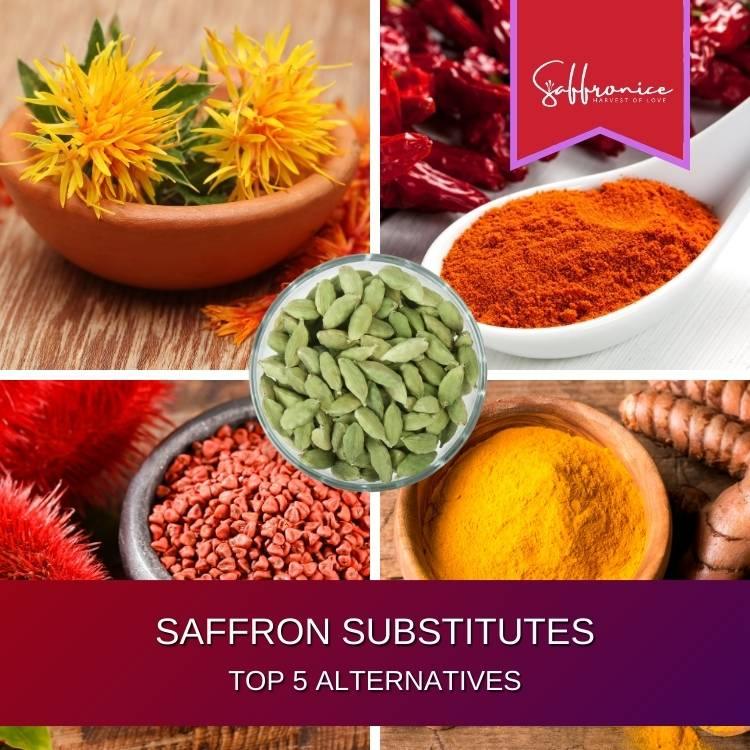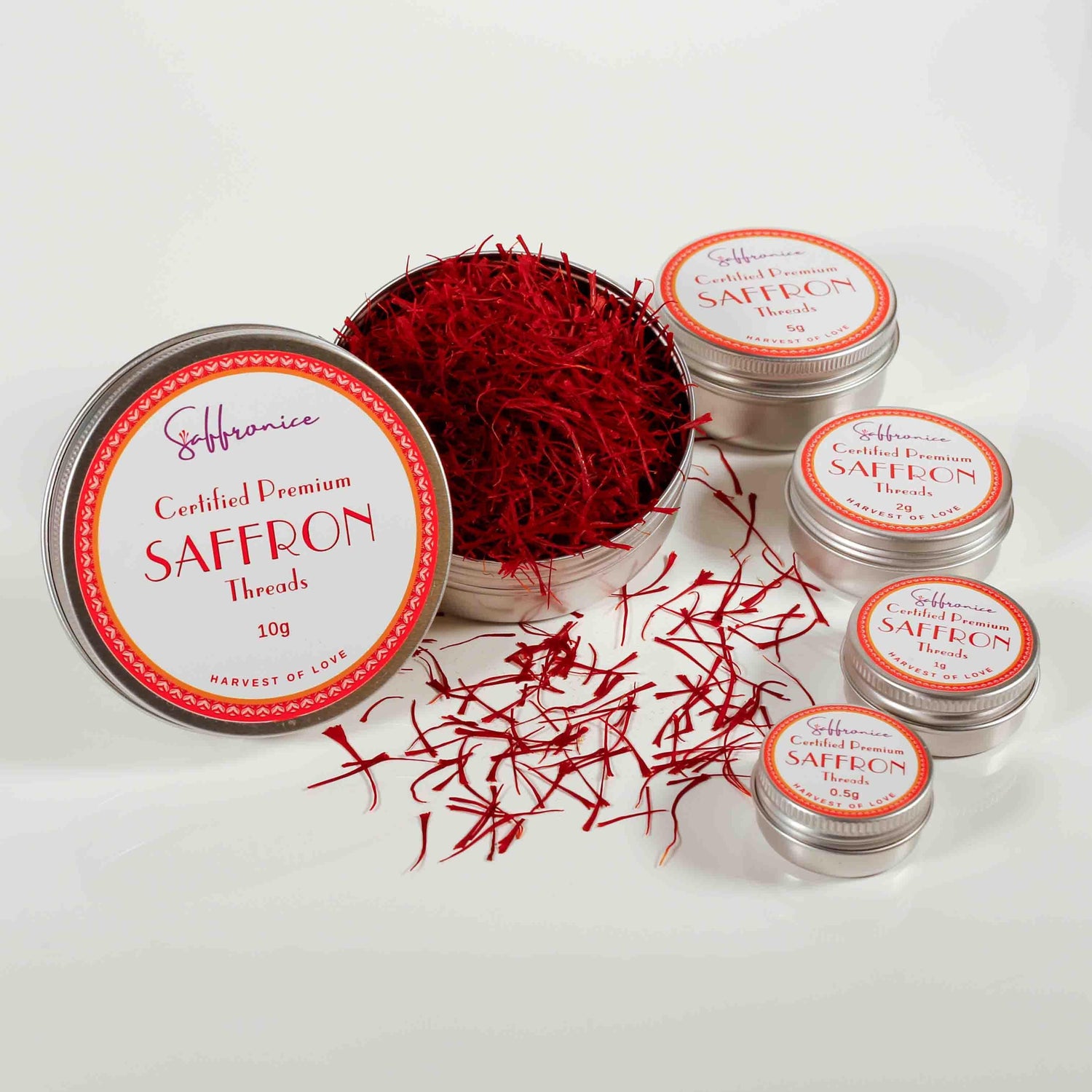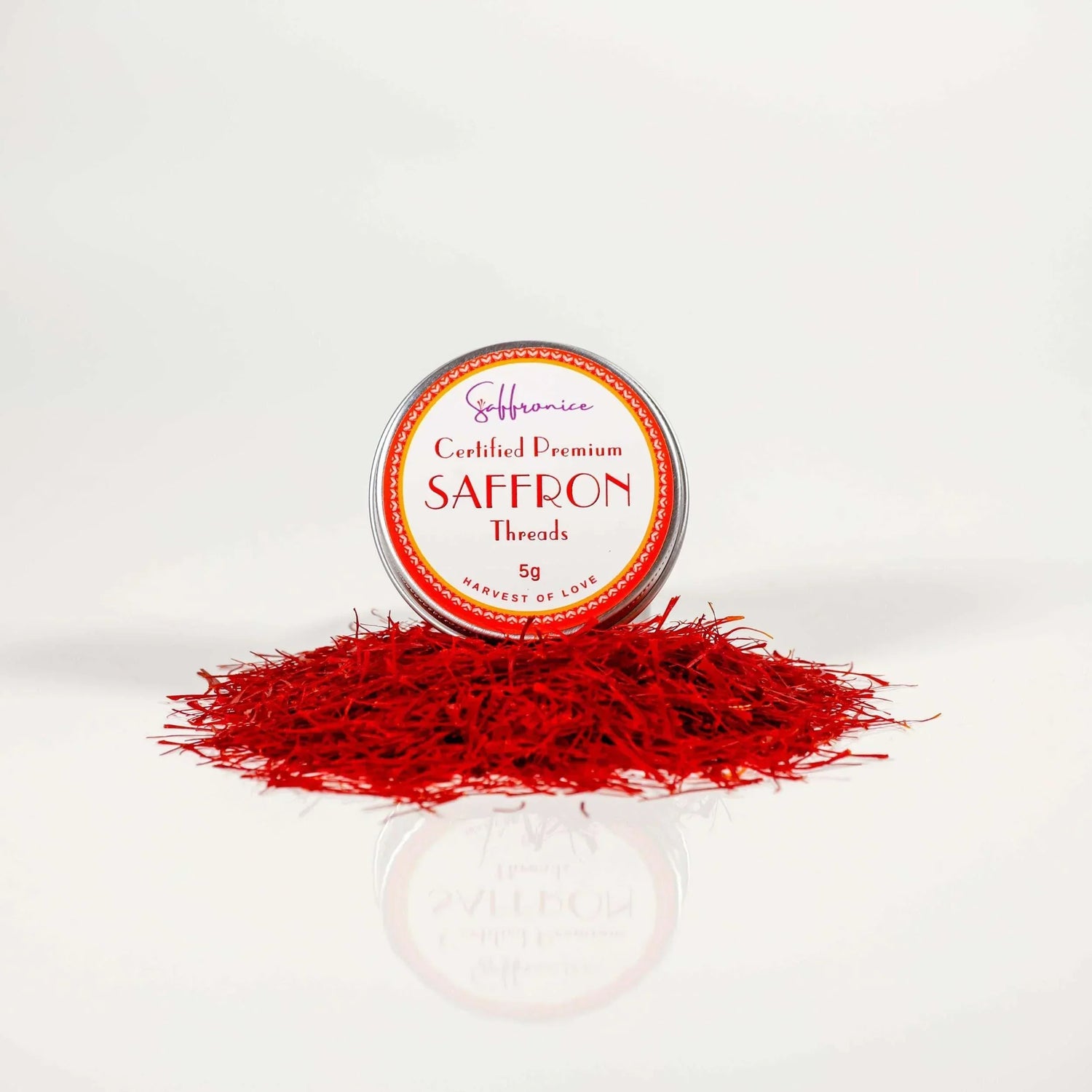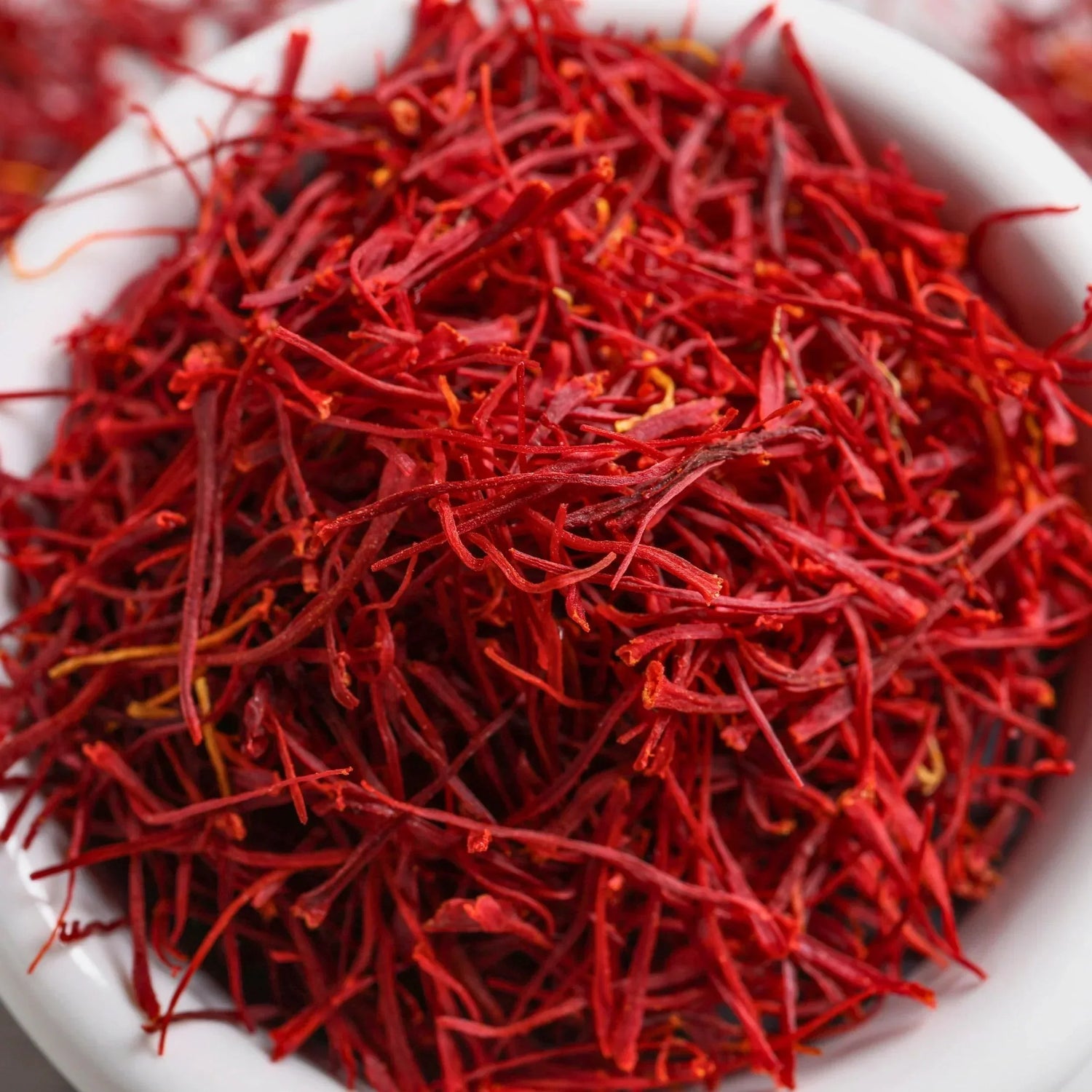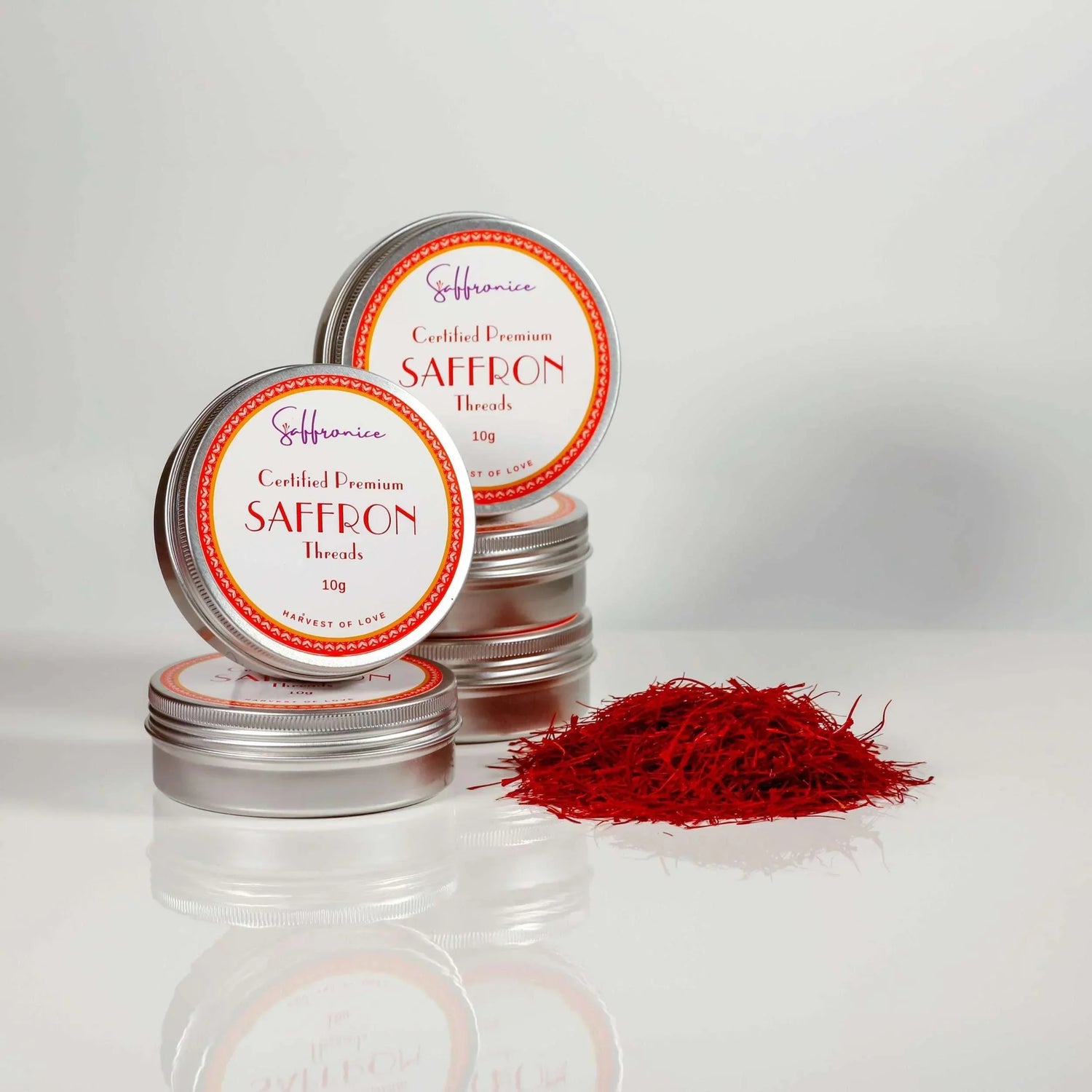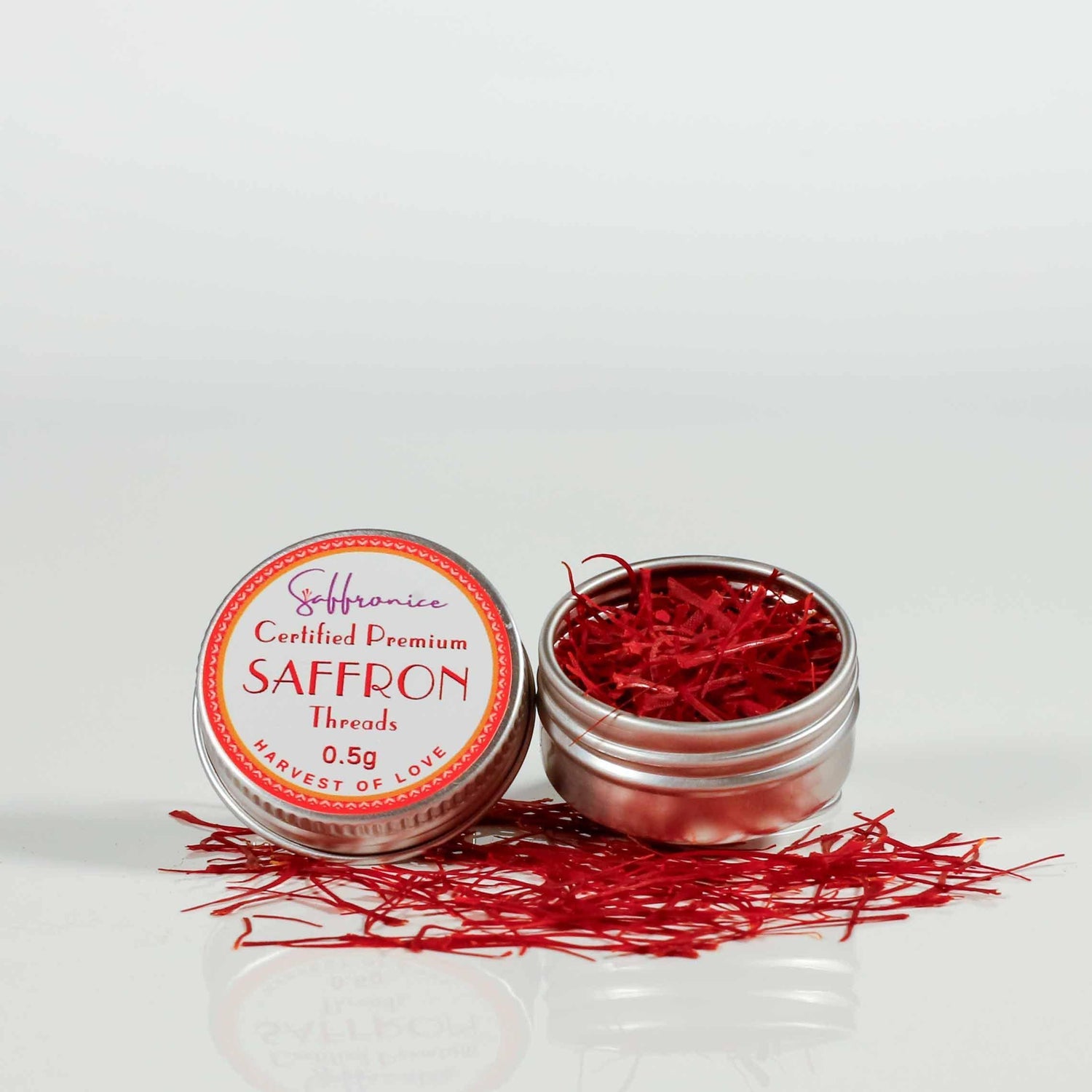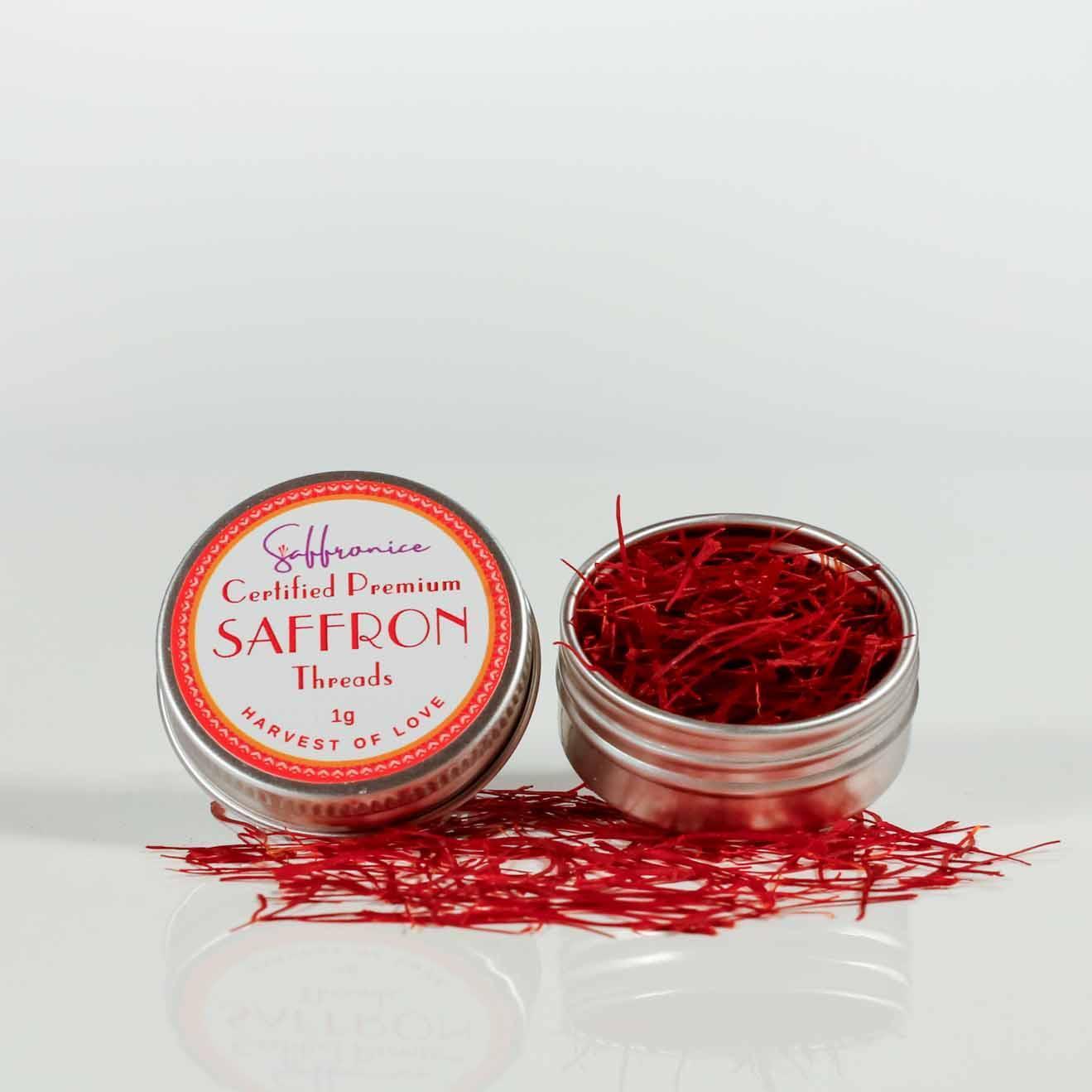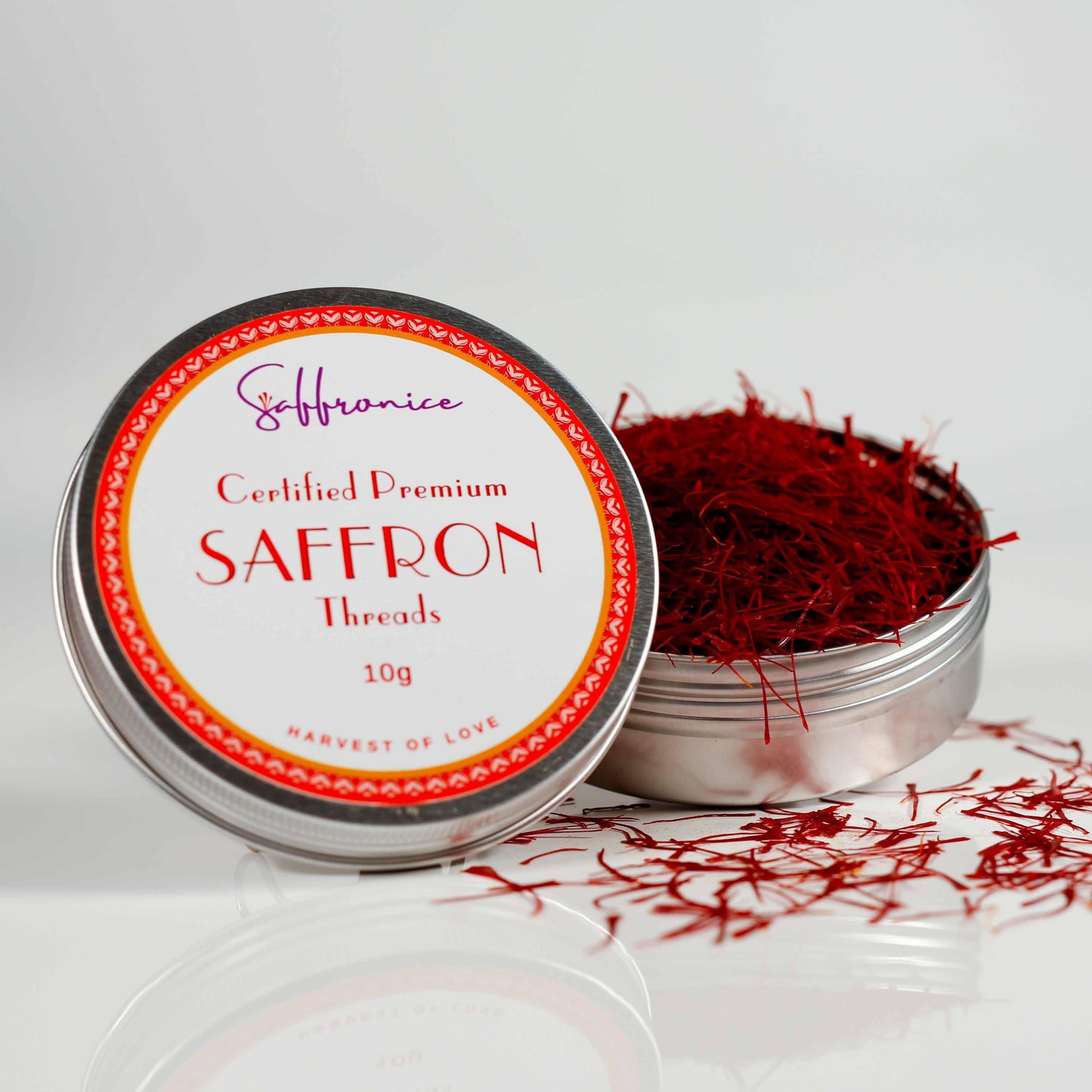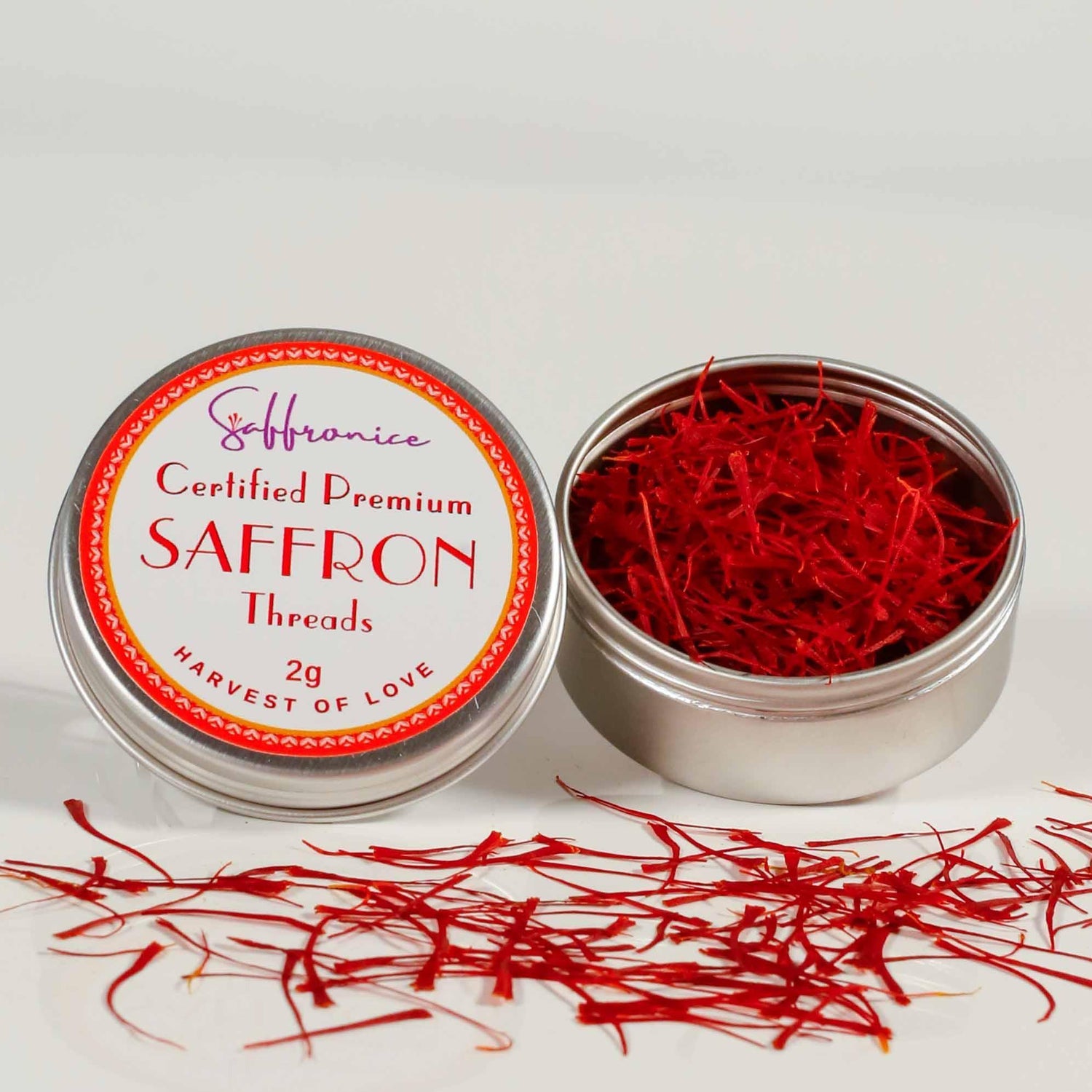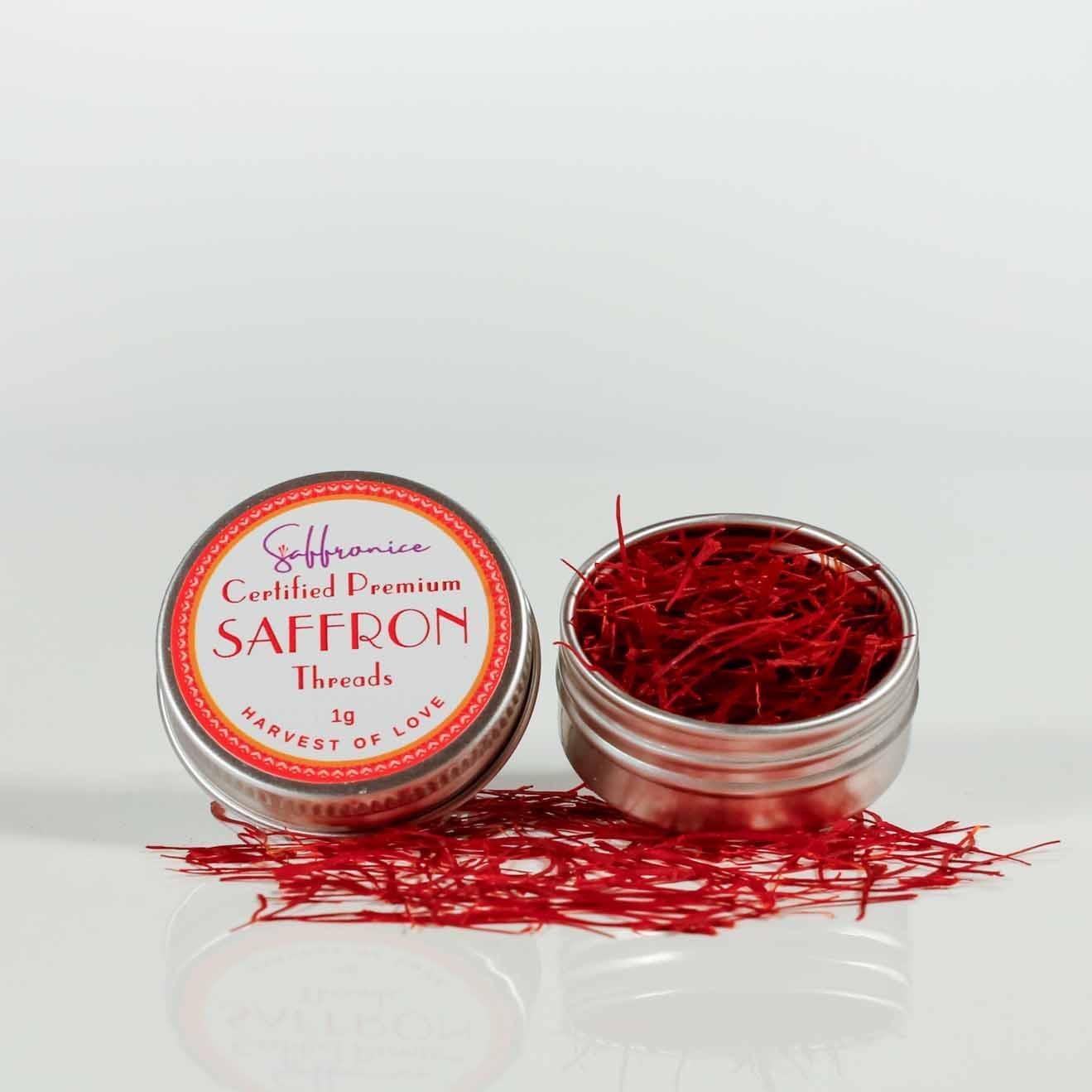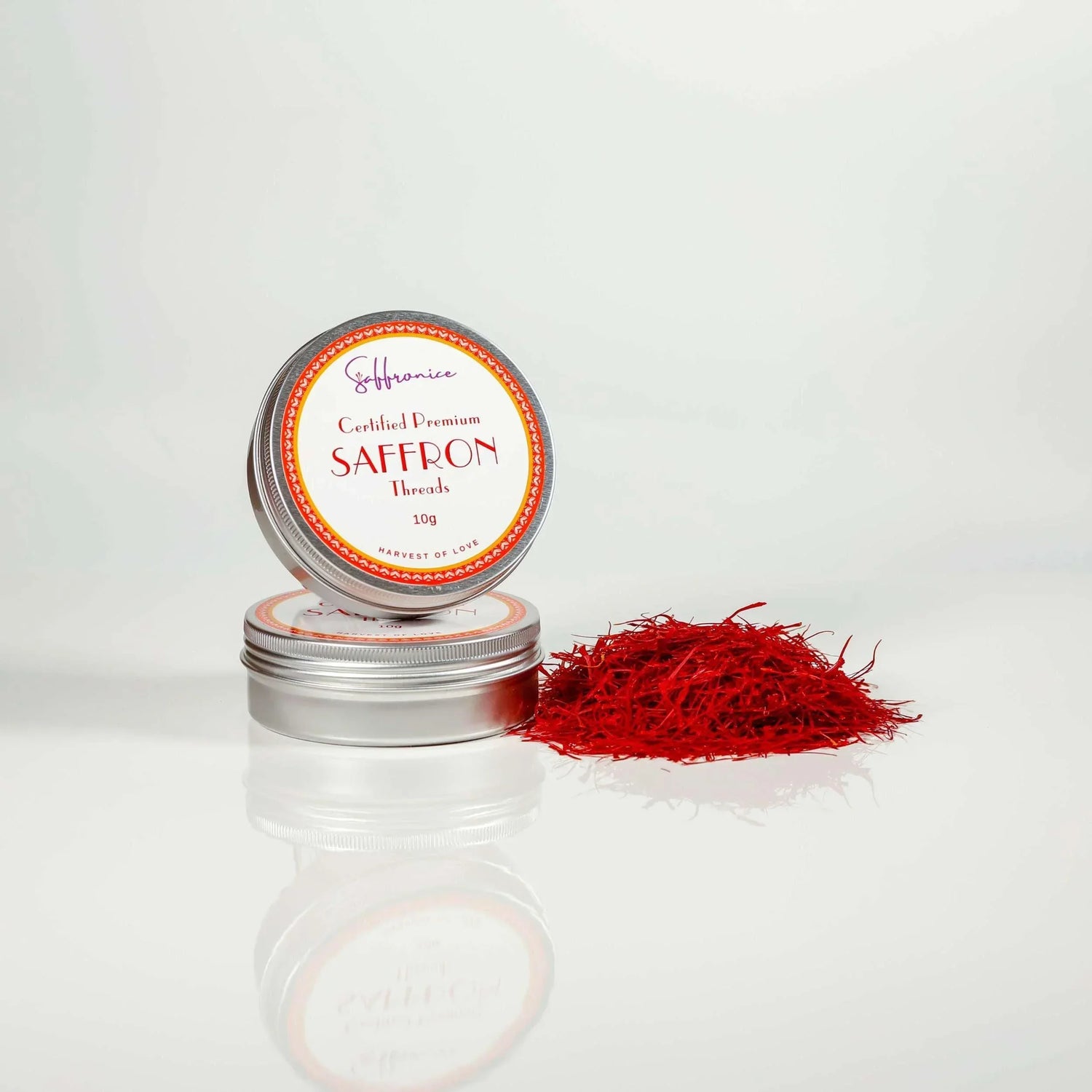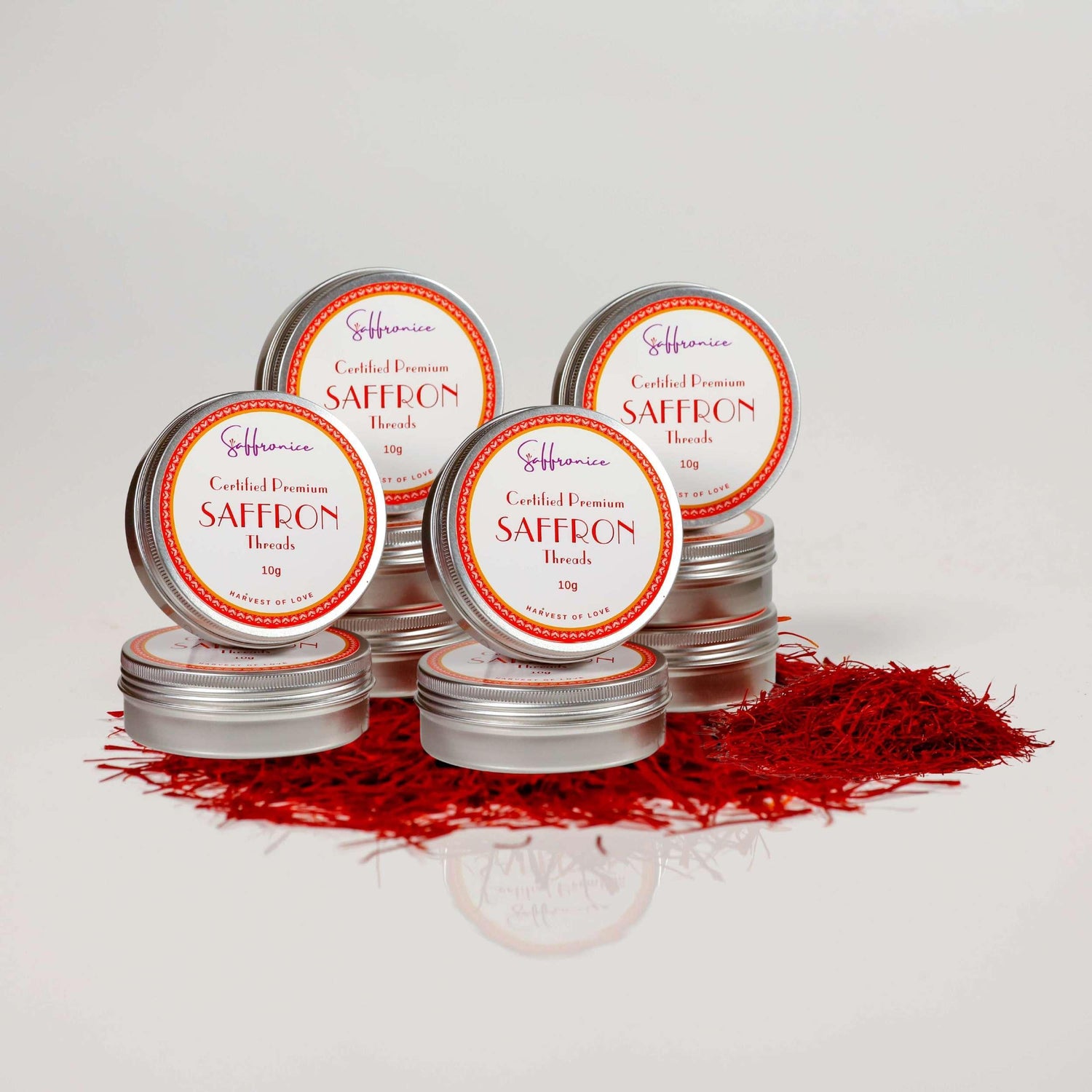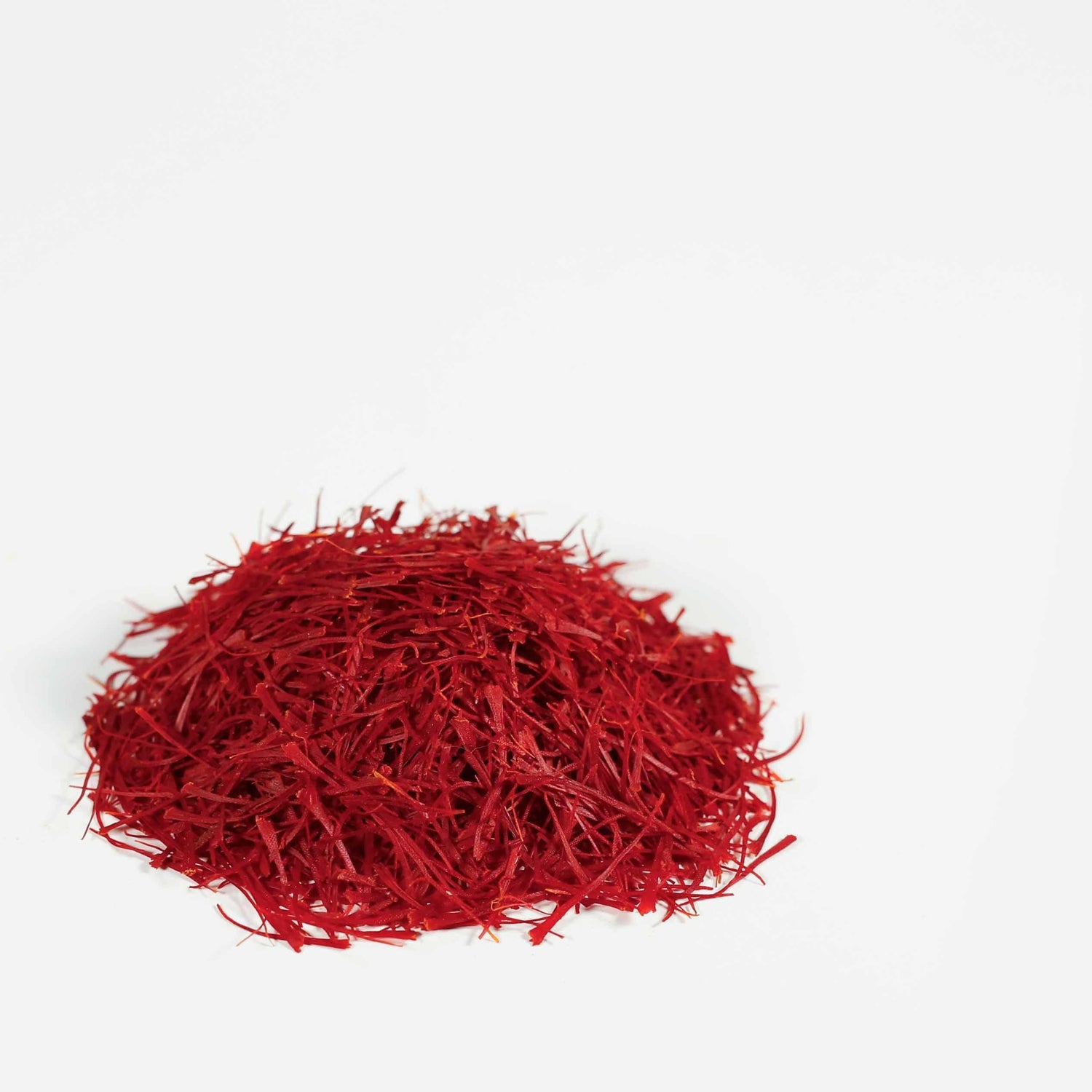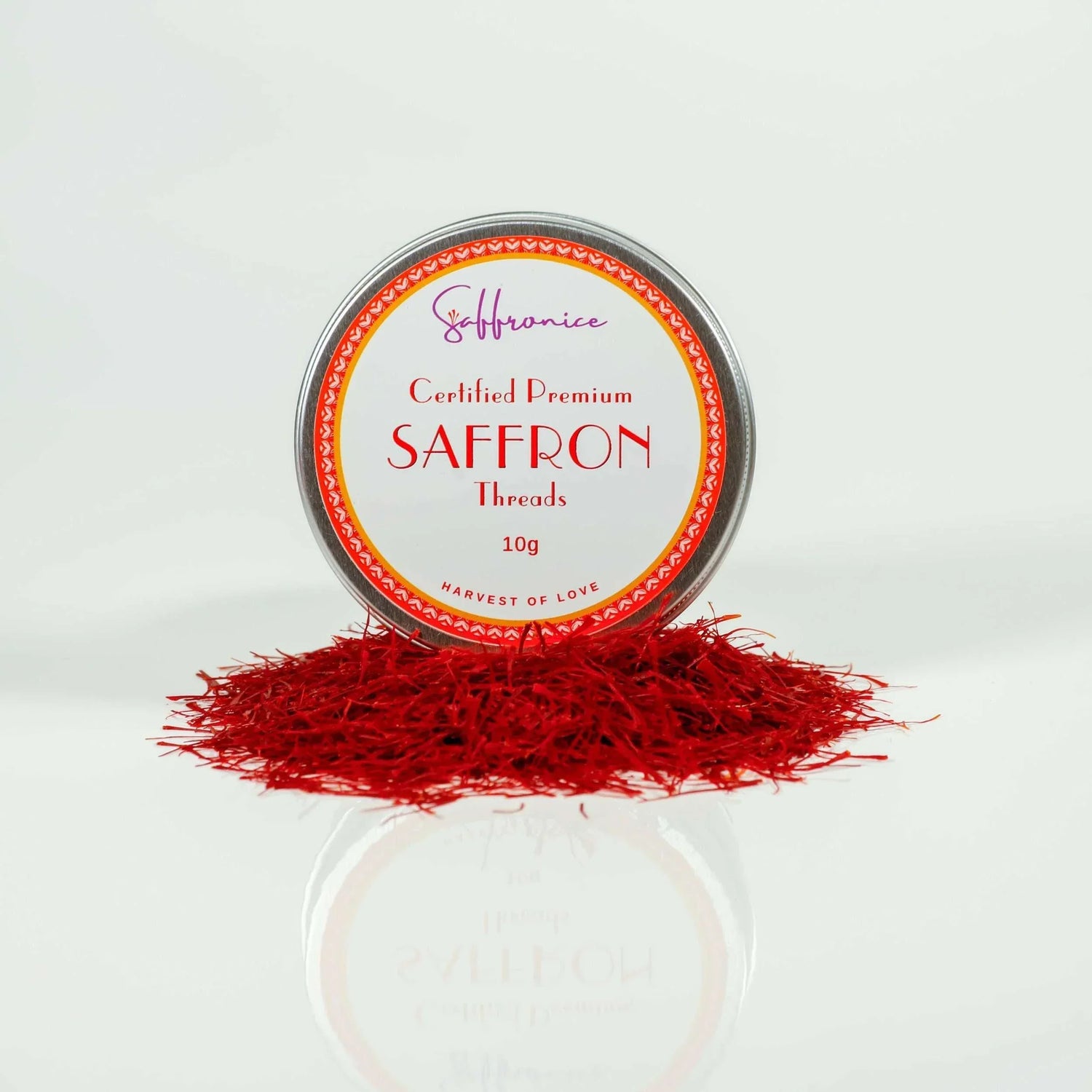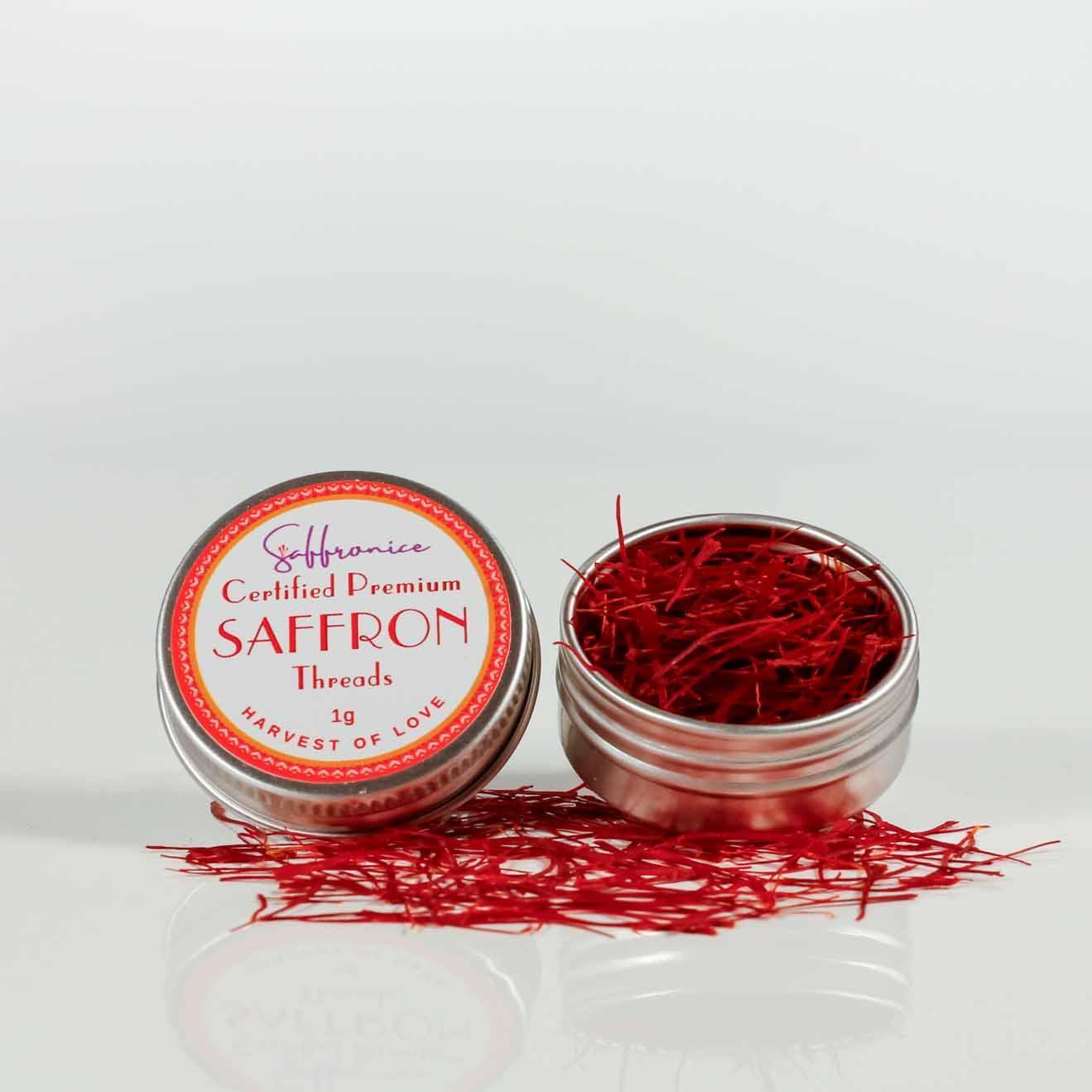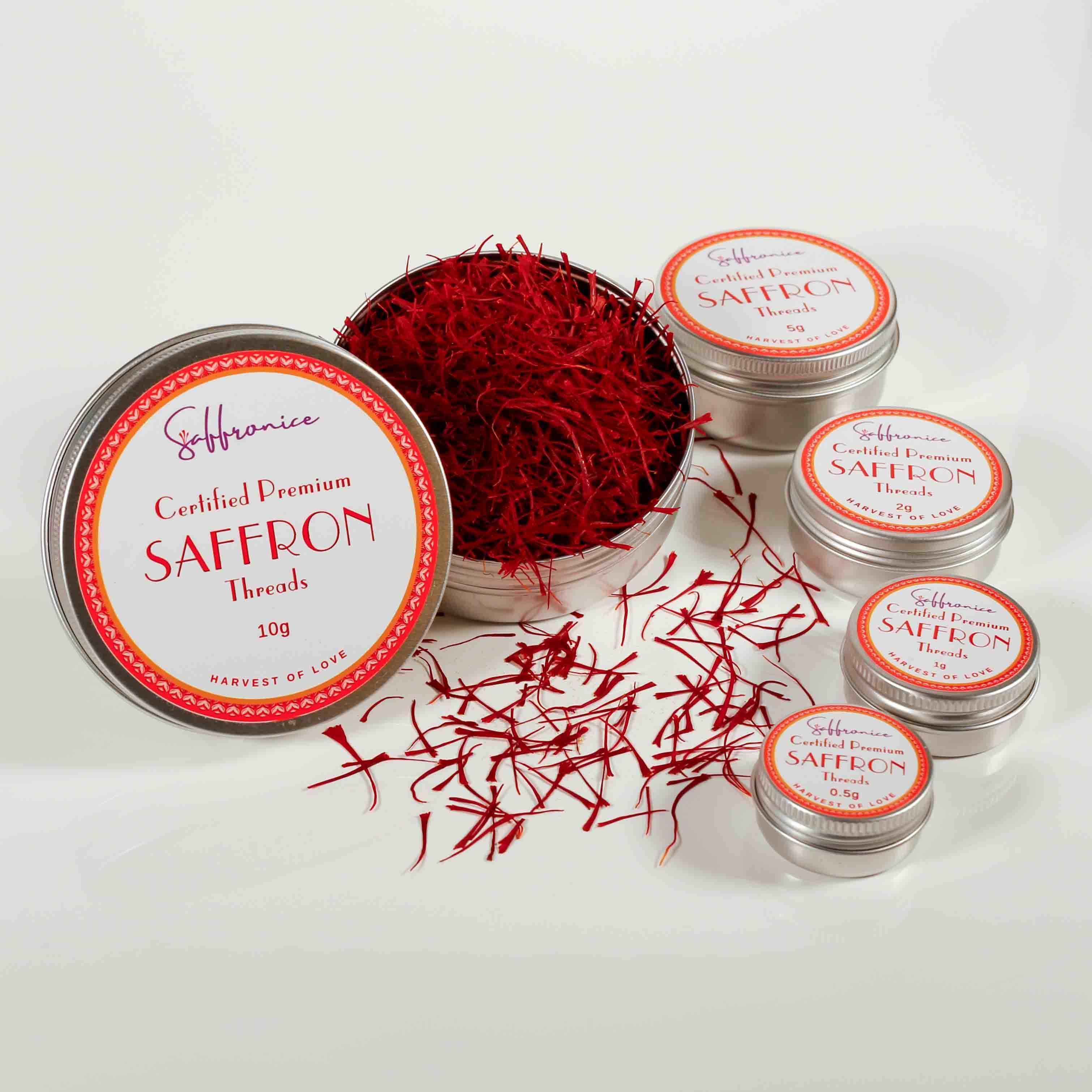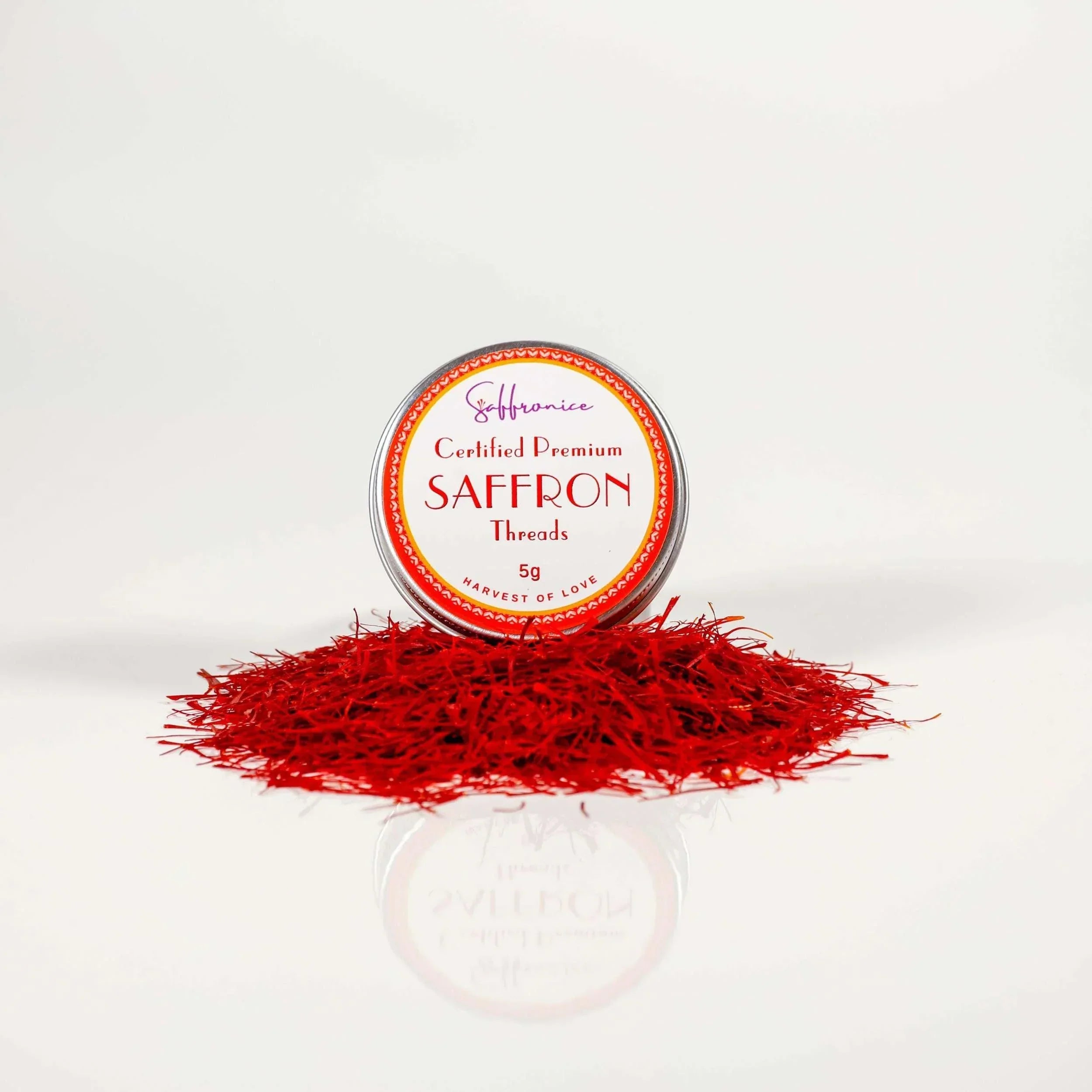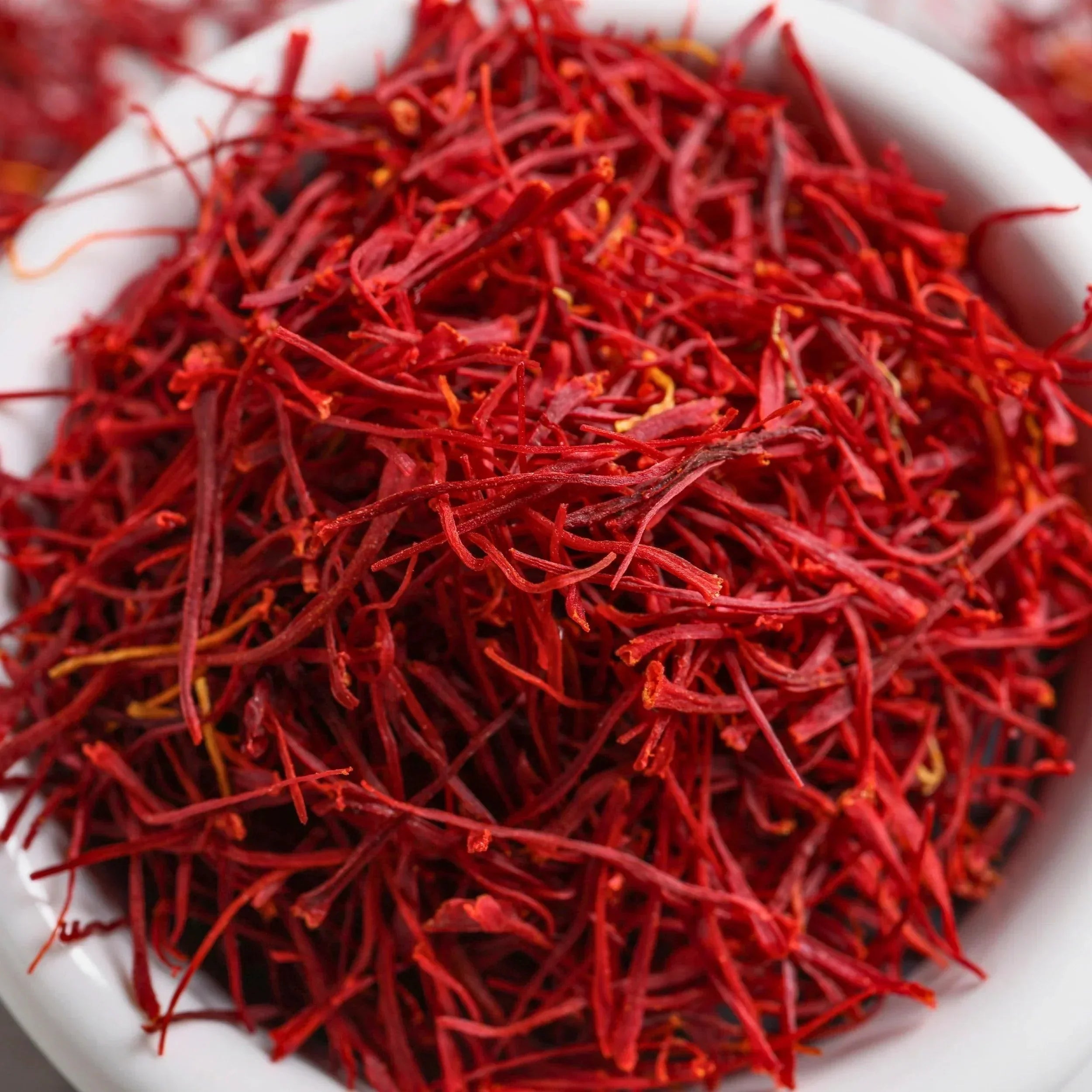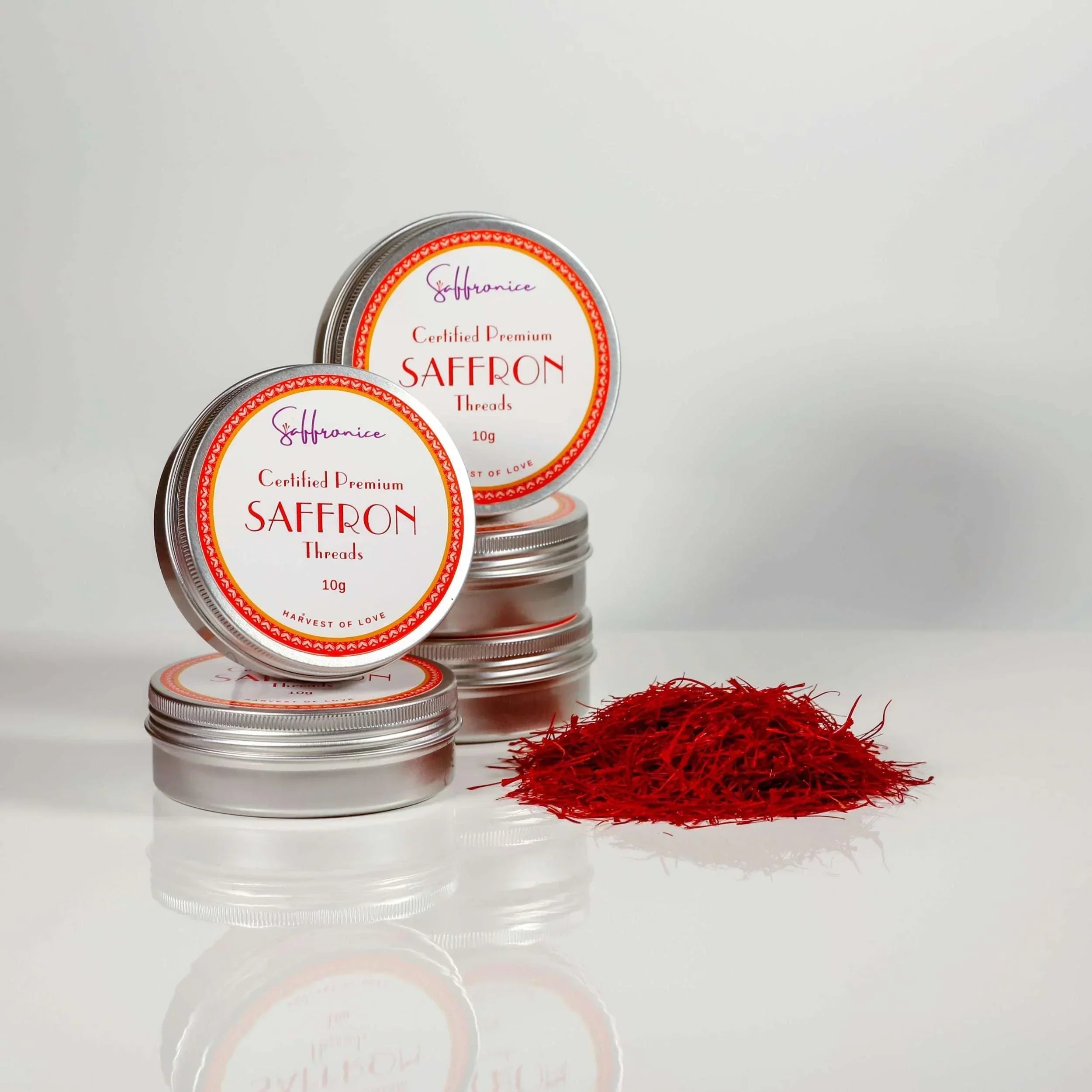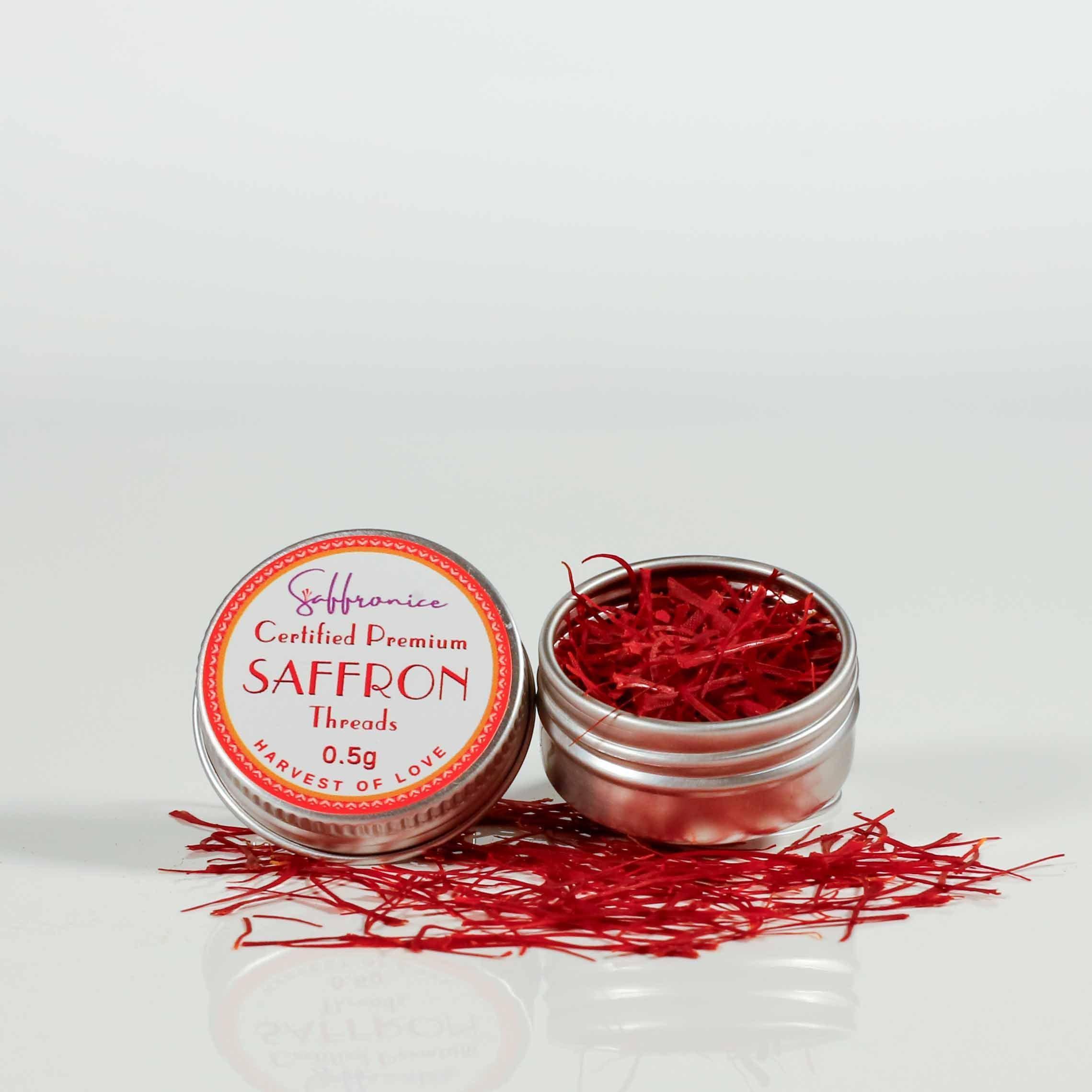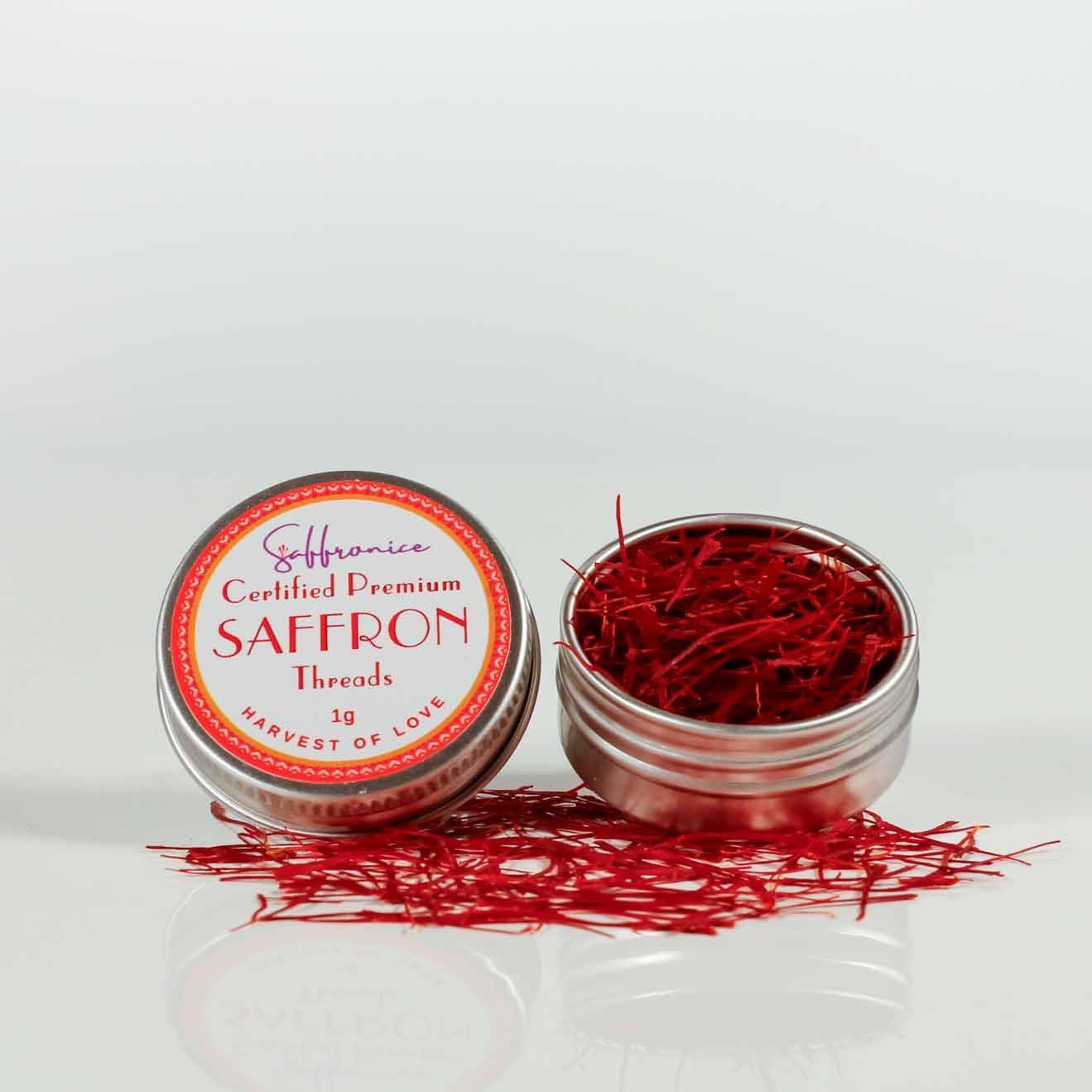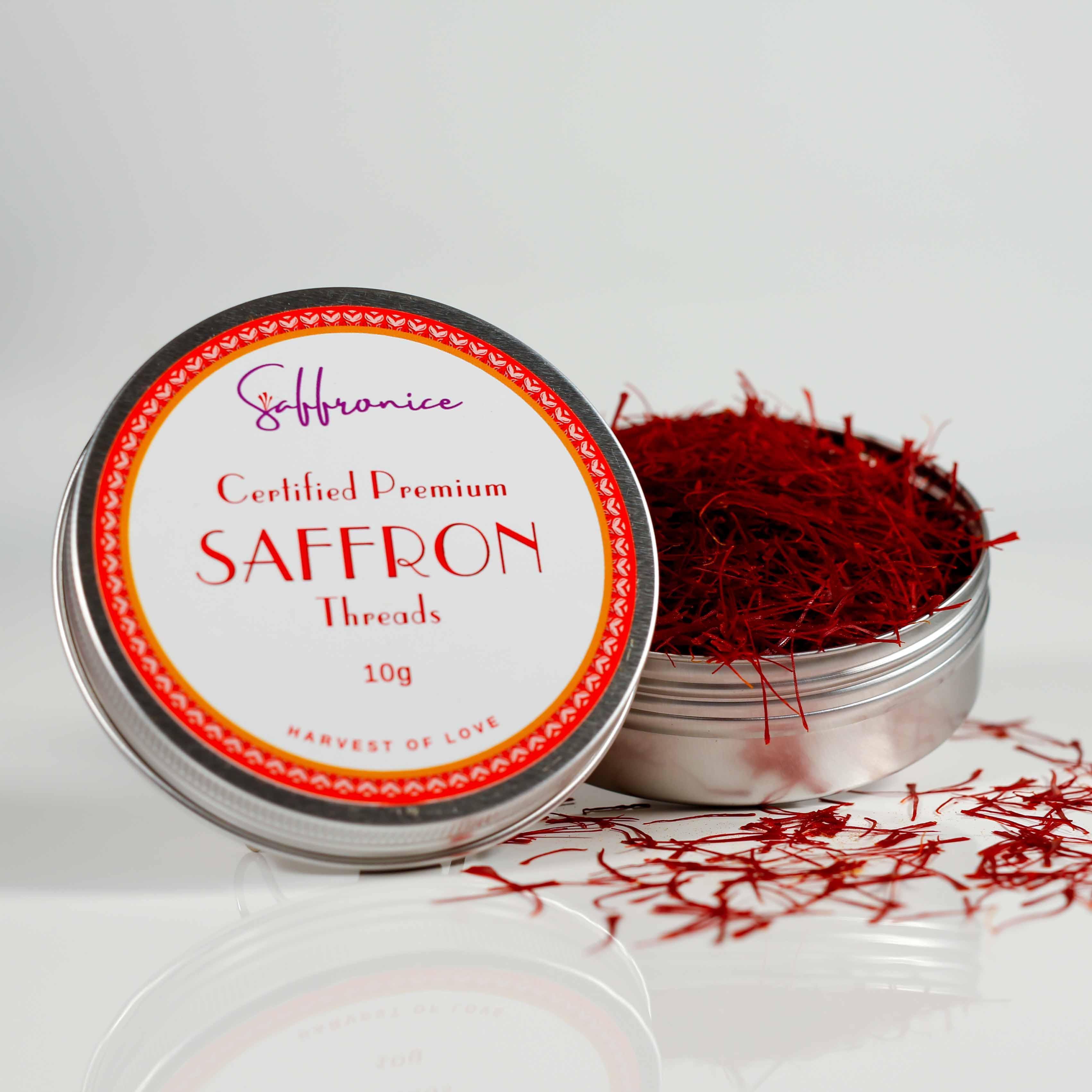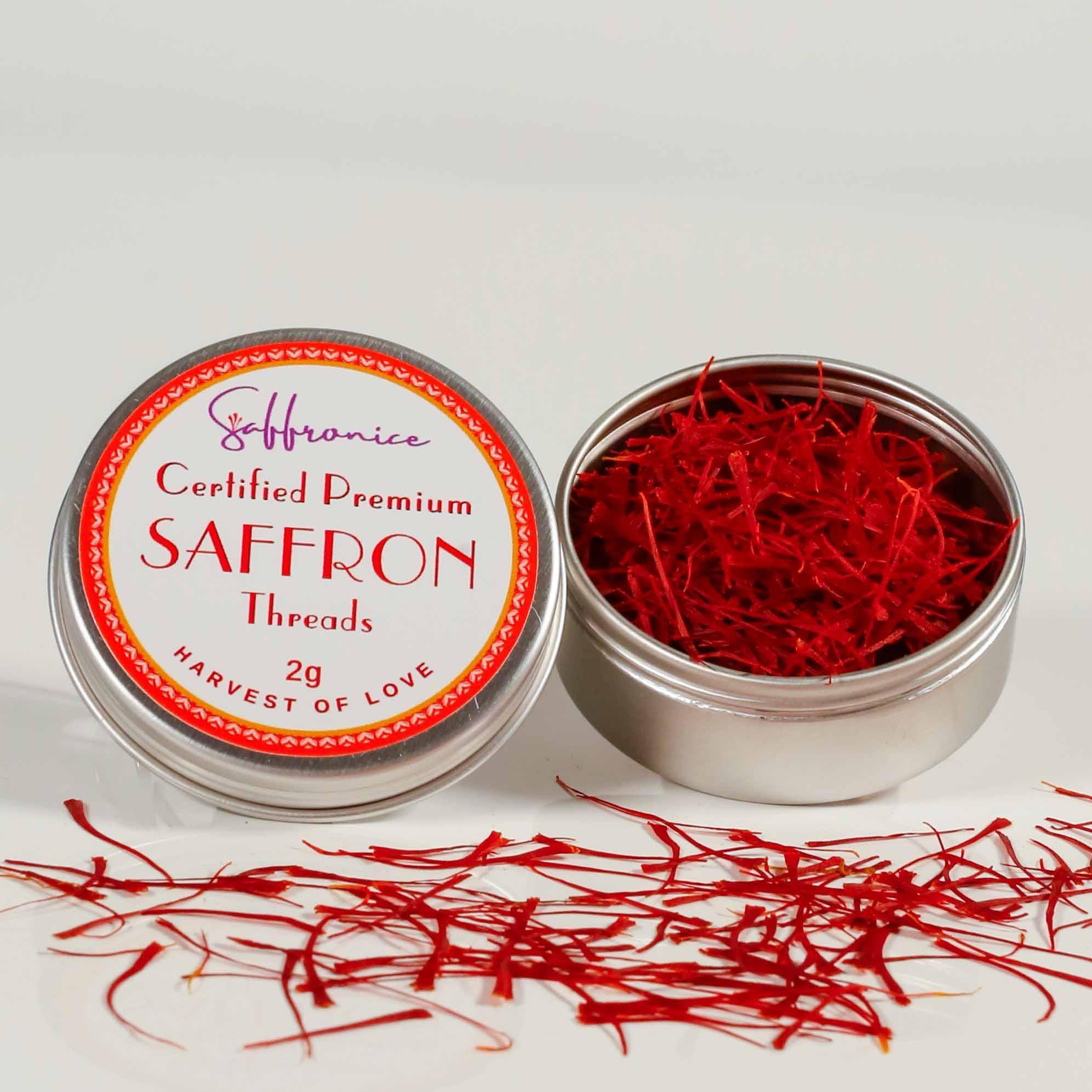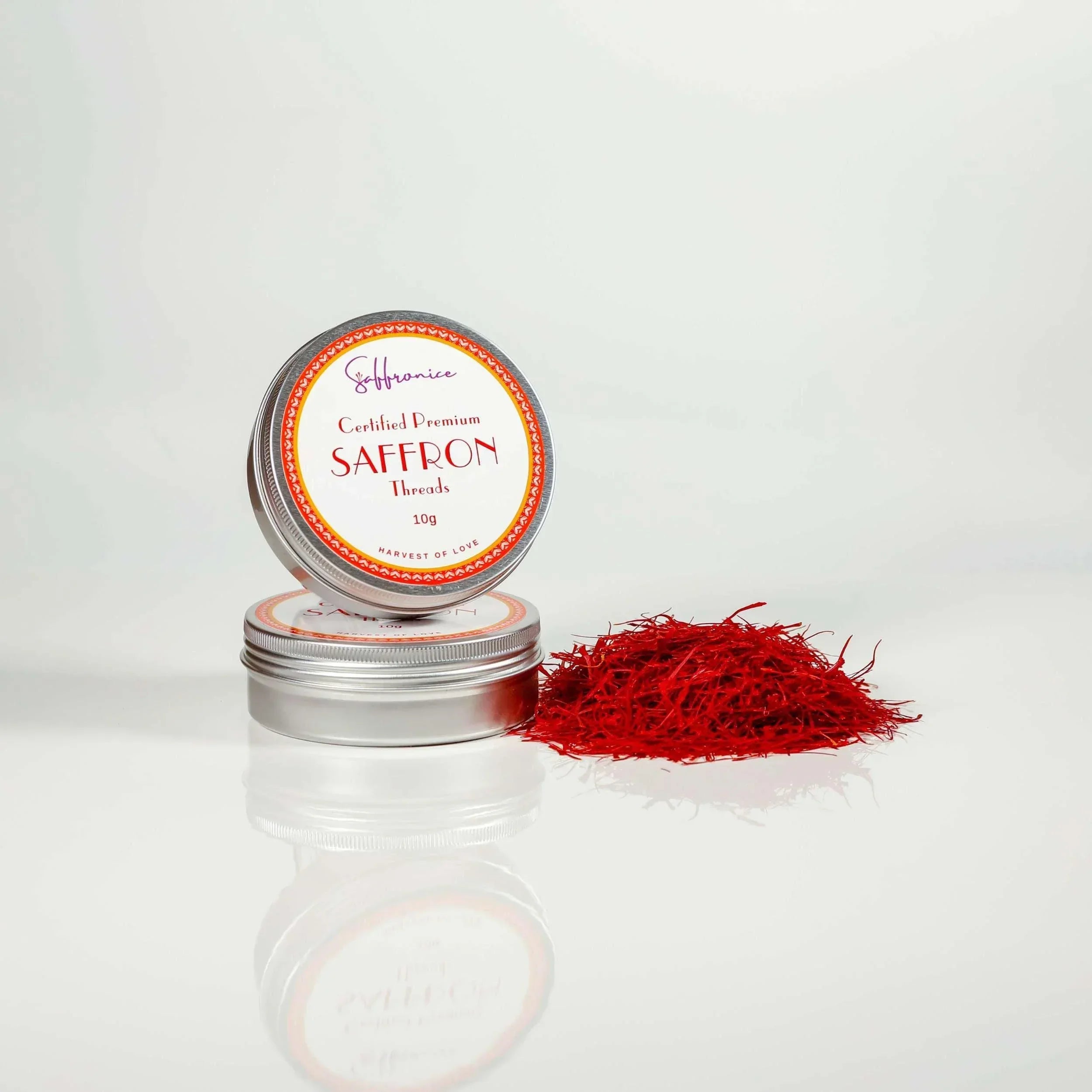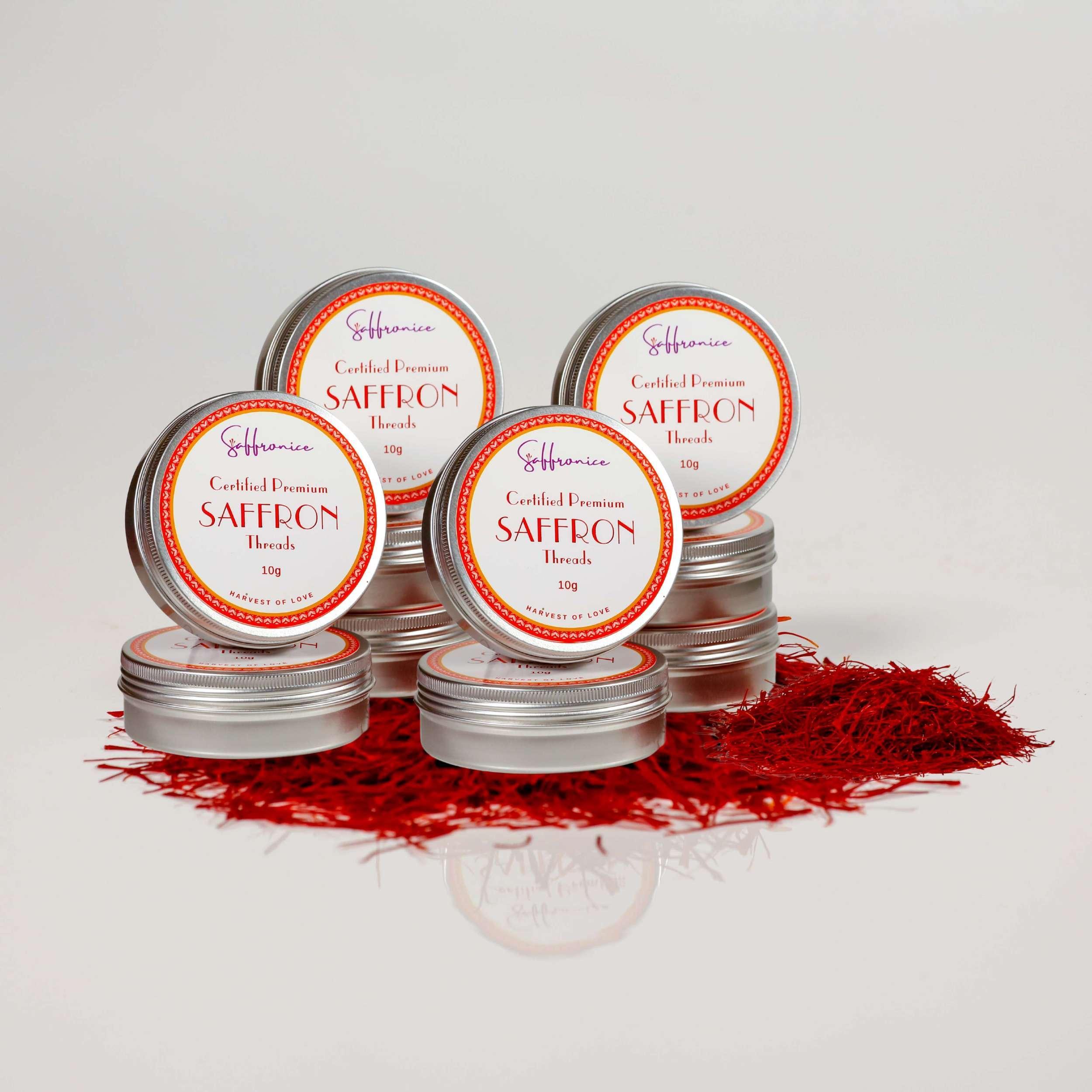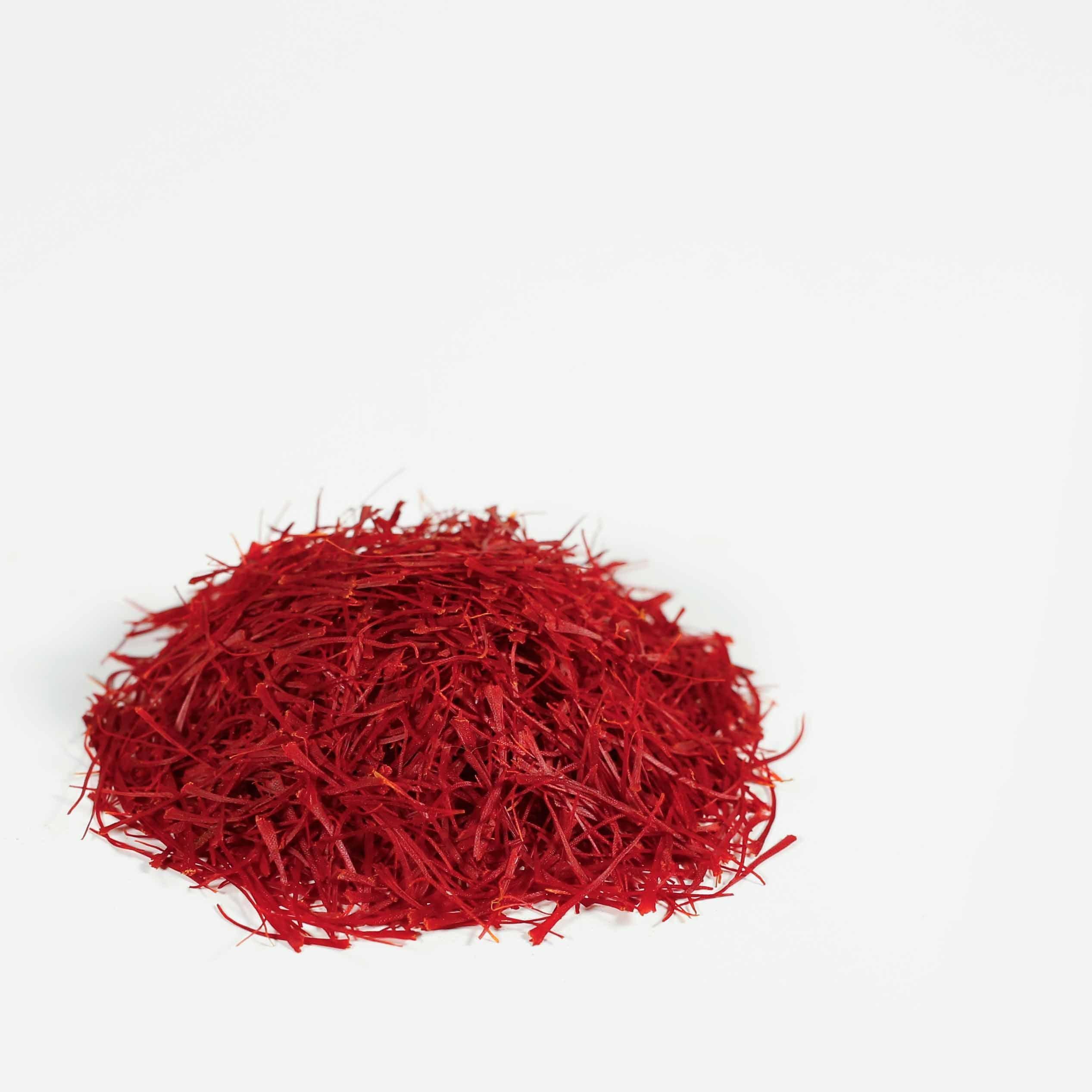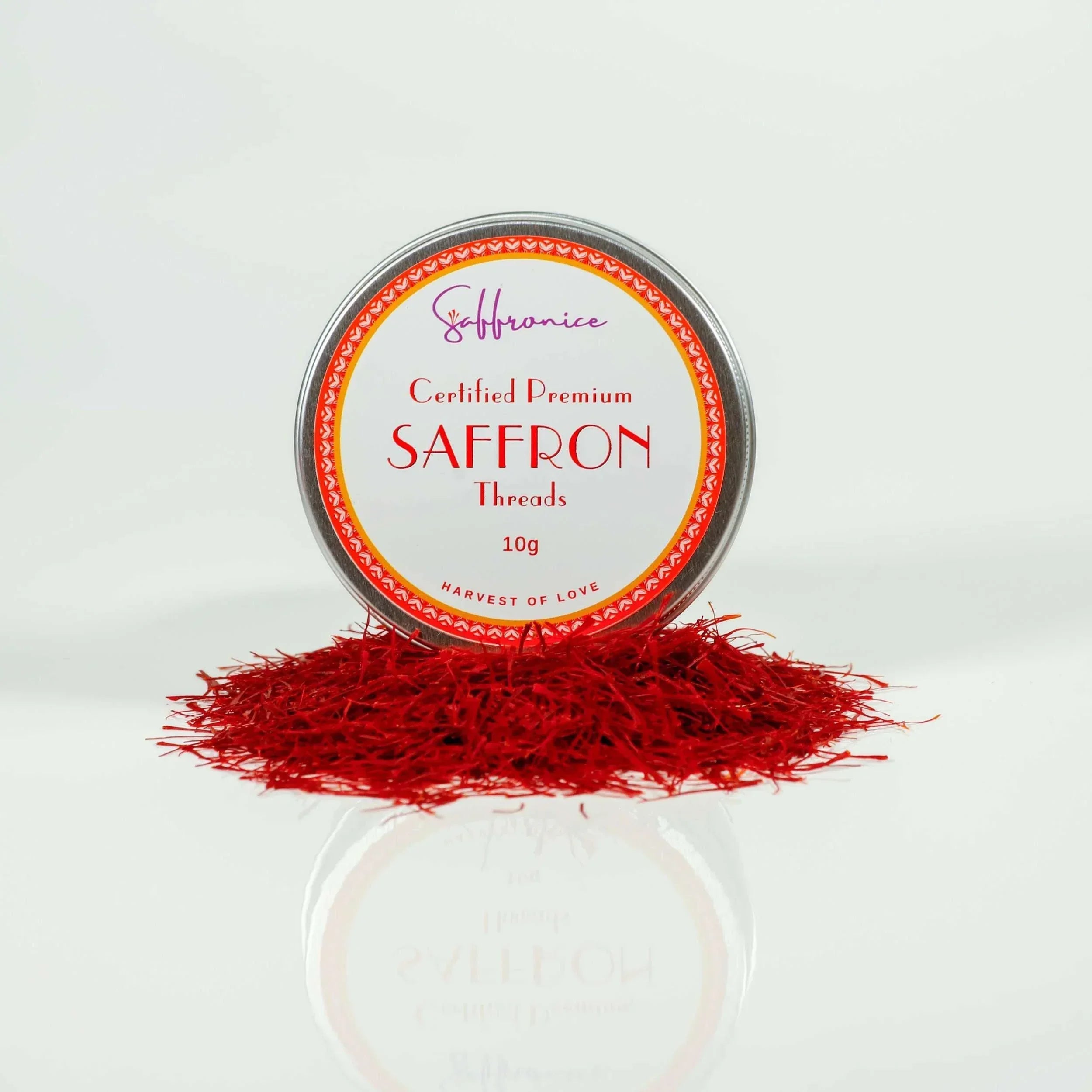Saffron is one of the most expensive spices in the world, primarily due to its labor-intensive harvesting process. Each thread is hand-picked from the Crocus sativus flower, making it a rare and valuable ingredient in culinary arts. The high cost often leads cooks and chefs to seek out saffron substitutes(Sharma et al., 2021).
Finding alternatives to saffron is essential for budget-conscious cooking without compromising on flavor or color. This article will explore the top 5 saffron substitutes for cooking, providing you with detailed descriptions and substitution tips for each option.
You will learn about:
- Turmeric
- Safflower
- Paprika
- Cardamom
- Annatto Seeds
These alternatives can help you achieve similar results in your dishes at a fraction of the cost.

Understanding Saffron
Saffron is a spice derived from the Crocus sativus flower, also known as the saffron crocus. This labor-intensive spice is harvested by hand, where each flower yields only a few delicate stigmas. These threads are then dried to create the saffron used in cooking. The intricate harvesting process is one reason for its high cost.
Flavor Profile and Culinary Uses
The flavor profile of saffron is unique, often described as a combination of sweet and earthy with subtle floral notes. This aromatic complexity makes it an irreplaceable ingredient in many traditional dishes. Its vibrant red threads impart not just flavor but also a rich golden hue to dishes.
Common dishes that utilize saffron include:
- Rice: Paella and risotto
- Pasta: Saffron-infused sauces
- Soups: Bouillabaisse and other seafood stews
Mimicking Saffron's Flavor
For those looking to mimic saffron's flavor without saffron, understanding these characteristics is crucial. Natural alternatives to saffron can often replicate its color more easily than its distinctive taste, making them valuable in budget-conscious cooking.
If you're curious about the specific flavor profile of saffron, you'll find that it truly stands out with its unique taste and aroma.
Why Substitute Saffron?
Saffron is expensive because of its labor-intensive harvesting process. Each Crocus sativus flower produces only three stigmas, which must be hand-picked and dried. This meticulous method drives up the cost, making saffron one of the priciest spices globally.
For budget-conscious cooking, discovering affordable alternatives to saffron is essential. Substituting saffron can:
- Save money: Many substitutes offer similar color and flavor characteristics at a fraction of the price.
- Enhance versatility: Different substitutes bring unique flavors, allowing you to experiment with various culinary profiles.
- Maintain visual appeal: Alternatives like turmeric and paprika can mimic the vibrant yellow hue of saffron, making dishes visually appealing without breaking the bank.
Best budget saffron substitutes can provide economical solutions while still delivering delightful culinary experiences.

Top 5 Saffron Substitutes for Cooking
1. Turmeric
Turmeric is one of the best substitutes for saffron because of its bright yellow color. This spice comes from the root of the Curcuma longa plant and has a known earthy flavor with a hint of bitterness. While it doesn't have the same floral and sweet notes as saffron, turmeric can still enhance your dishes(Kocaadam & Şanlier, 2017).
Flavor Profile Comparison:
- Turmeric: Earthy, slightly bitter, with a warm and peppery undertone.
- Saffron: Floral, sweet, with hints of honey and hay-like aroma.
Recommended Substitution Ratio: To replicate both color and some aspects of the flavor profile:
- Mix ¼ teaspoon of turmeric with ¼ teaspoon of paprika to substitute for ½ teaspoon of saffron.
This combination gives you a similar appearance while adding a complex taste that works well in various recipes such as rice dishes, stews, and even certain baked goods.
Using turmeric in your cooking not only saves you money but also provides health benefits like reducing inflammation.
2. Safflower
Safflower, often referred to as "Mexican saffron," is a popular choice among the top saffron substitutes for its striking resemblance in color. The vibrant hue it imparts to dishes makes it an excellent option for those seeking visual appeal similar to that of saffron.
However, when it comes to flavor, safflower and saffron diverge. Unlike saffron's unique and complex taste, safflower has a much milder profile. This taste difference means that while safflower can mimic the look of saffron-infused dishes, the flavor won't be an exact match.
For those interested in cooking with saffron substitutes, using safflower is quite straightforward:
- Substitution Tips: Use a 1:1 ratio. For instance, if a recipe calls for 1 teaspoon of saffron, you can substitute it with 1 teaspoon of safflower.
This substitution method allows you to maintain the desired color in your recipes without significantly altering the flavor profile. Whether you're exploring saffron substitutes for baking or saffron substitutes in beverages, safflower offers a practical and visually appealing alternative.
3. Paprika
Sweet paprika is one of the best substitutes for saffron because it can add a bright red color and a smoky taste to dishes. This makes it a great choice when you want your food to look appealing.
Why Use Paprika?
Here are two reasons why you might consider using paprika as a substitute for saffron:
- Color Enhancement: Paprika can effectively mimic the rich color of saffron, making it a suitable choice for recipes where appearance is key.
- Flavor Profile: While it doesn't replicate saffron's unique taste, the mild sweetness and smokiness of paprika add depth to various dishes, enhancing their overall flavor.
Cooking with Paprika
If you're unsure about how to use saffron substitutes in your cooking, you can try using sweet paprika instead. Here's how:
- Rice dishes: Add sweet paprika to your rice recipes for a pop of color and flavor.
- Stews: Incorporate sweet paprika into your stews for an extra layer of taste.
- Soups: Sprinkle sweet paprika into your soups for a warm and inviting aroma.
Benefits of Paprika
Paprika has some advantages over saffron:
- It is more accessible and affordable compared to saffron, which can be quite expensive.
- You can easily find paprika in most grocery stores, making it convenient to purchase.
- Paprika can be seamlessly incorporated into your favorite recipes without overpowering other ingredients.
While sweet paprika may not have the exact same flavor as saffron, its versatility and availability make it a worthy substitute in many dishes.
4. Cardamom
Cardamom has a unique herbal and citrusy flavor that makes it different from other spices. Its one-of-a-kind taste can enhance various dishes that usually use saffron, like rice dishes, curries, and even baked treats.
To use cardamom instead of saffron:
- Flavor Profile: Herbal and citrusy.
- Complementary Dishes: Perfect for rice dishes, curries, and desserts.
- Substitution Ratio: Use ½ teaspoon of cardamom for every 1 teaspoon of saffron.
This makes cardamom a versatile option among the top saffron substitutes, especially for those who appreciate its aromatic qualities. Its ability to blend seamlessly in both savory and sweet recipes makes it an excellent choice when cooking with saffron substitutes.
5. Annatto Seeds
Annatto seeds offer a unique blend of sweet and peppery flavors, making them a versatile choice among the best alternatives to saffron. These seeds, which come from the achiote tree, are widely used in Latin American and Caribbean cooking.
How to Use Annatto as a Saffron Substitute
To prepare annatto for your dishes, follow these simple steps:
- Grind the Seeds: Use a spice grinder or mortar and pestle to grind the annatto seeds into a fine powder.
- Achieve Consistent Texture: Grinding the seeds ensures that you achieve a consistent texture in your dishes.
- Release Vibrant Color: The powdered annatto will release its vibrant color when cooked, similar to how saffron imparts its hue.
Substitution Ratio: Annatto for Saffron
When substituting saffron with annatto in your recipes, use them in equal amounts:
For every 1 teaspoon of saffron called for in the recipe, replace it with 1 teaspoon of annatto powder.
Versatile Applications of Annatto
Annatto is particularly effective in dishes where color is crucial, but it can also enhance flavors subtly. This makes it one of the best substitutes for saffron across various culinary applications:
- Cooking: Use annatto in savory dishes like rice, stews, or marinades.
- Baking: Incorporate annatto into baked goods such as breads or pastries for added color.
- Beverages: Explore creative beverages by using annatto as an ingredient.
Whether you're looking for alternatives to saffron in beverages or seeking ways to cook with saffron substitutes, annatto provides an economical and flavorful option.
Alternative Options for Color Enhancement

Marigold Flowers (Calendula)
Marigold flowers, specifically the petals of the Calendula variety, are a natural alternative to achieve color in dishes without using saffron. These vibrant petals can be dried and ground into a fine powder, which imparts a bright yellow hue similar to saffron. This makes marigold spice an excellent color replacement in recipes that call for the distinctive golden tint of saffron.
How to Use Marigold Flowers
- Use in Cooking: To use marigold petals, dry them thoroughly and grind them into a fine powder. This powder can be added directly to dishes like rice, soups, and stews to achieve a rich yellow color.
- Limitations: While marigold spice effectively mimics saffron's coloring properties, it lacks the unique flavor and aroma that saffron provides. Therefore, it is best suited for dishes where the visual appeal is more critical than replicating the exact taste profile of saffron.
For those looking to enhance their food's appearance without compromising on natural ingredients, marigold flowers offer an economical and visually appealing solution.
4. Food Coloring
Using food coloring can be an effective way to replicate the vibrant hue of saffron without altering the taste of your dish. This option is ideal for recipes where the visual appeal is crucial but the flavor profile of saffron isn't necessary.
- Natural alternatives such as beet juice, turmeric powder, or marigold spice can also be used to achieve a similar color.
- Food coloring offers a versatile and straightforward solution for home cooks looking for Saffron Substitutes purely for aesthetic purposes.
This method provides flexibility, allowing you to control the intensity of the color to match your culinary needs.
Conclusion
Exploring saffron substitutes opens up a world of possibilities for your cooking. Each alternative has its own unique qualities, allowing you to customize your dishes based on taste preferences and budget limitations.
- Turmeric and Paprika: Perfect for mimicking the color of saffron.
- Safflower: A close visual match with subtle flavor differences.
- Cardamom and Annatto Seeds: Offer distinct flavors that can elevate various recipes.
Trying out these substitutes may lead you to discover new flavor combinations that you enjoy. Embrace the versatility of these best budget saffron substitutes and have fun being creative in the kitchen.
FAQs (Frequently Asked Questions)
Why is saffron so expensive?
Saffron is expensive due to its labor-intensive harvesting process, which involves hand-picking the delicate stigmas of the Crocus sativus flower. Each flower produces only three red stigmas, and it takes thousands of flowers to produce just a small amount of saffron.
What are some affordable alternatives to saffron?
There are several budget-friendly substitutes for saffron, including turmeric, safflower, paprika, cardamom, and annatto seeds. Each alternative can mimic saffron's color and flavor to varying degrees.
Can turmeric replace saffron in cooking?
Yes, turmeric can be used as a substitute for saffron. It has a bright yellow color and a warm flavor. The recommended substitution ratio is ¼ teaspoon of turmeric combined with ¼ teaspoon of paprika for every ½ teaspoon of saffron.
How does safflower compare to saffron?
Safflower resembles saffron in color but has a different flavor profile. It can be used as a direct substitute at a 1:1 ratio, making it an excellent option for those looking to replicate the visual appeal of saffron without the cost.
What role does cardamom play as a saffron substitute?
Cardamom offers a unique herbal and citrusy flavor that can complement dishes traditionally made with saffron. For substitution, use about ½ teaspoon of cardamom for every teaspoon of saffron required.
Are there natural alternatives for achieving color in dishes without using saffron?
Yes, natural alternatives such as marigold petals (calendula) can impart yellow color to dishes. Additionally, food coloring can be used purely for aesthetic purposes without altering the taste of the dish.
References
- Kocaadam B, Şanlier N. Curcumin, an active component of turmeric (Curcuma longa), and its effects on health. Critical Reviews in Food Science and Nutrition. 2017;57(13):2889-2895. doi:10.1080/10408398.2015.1077195
- Sharma G, Husain K, Kumar A. A review on saffron substitute and its utility. Journal of Food Science and Technology. 2021;58(8):3215-3221. doi:10.1007/s13197-020-04846-8


